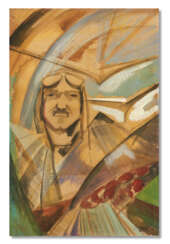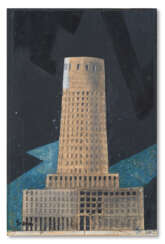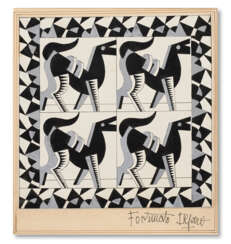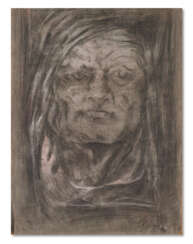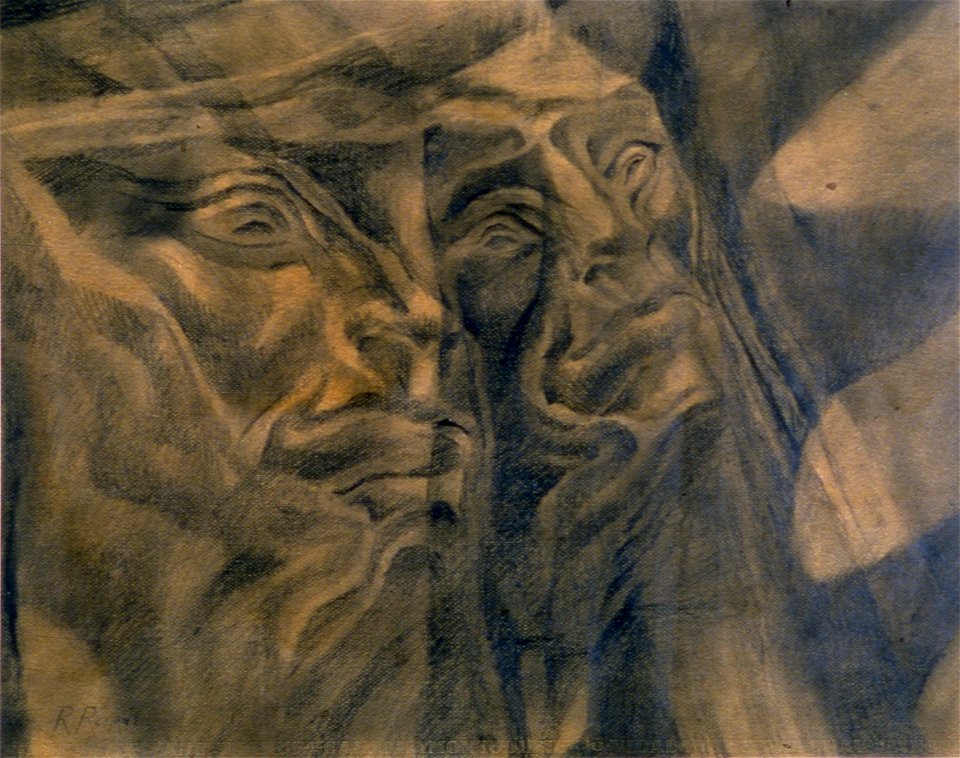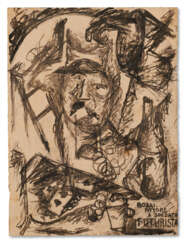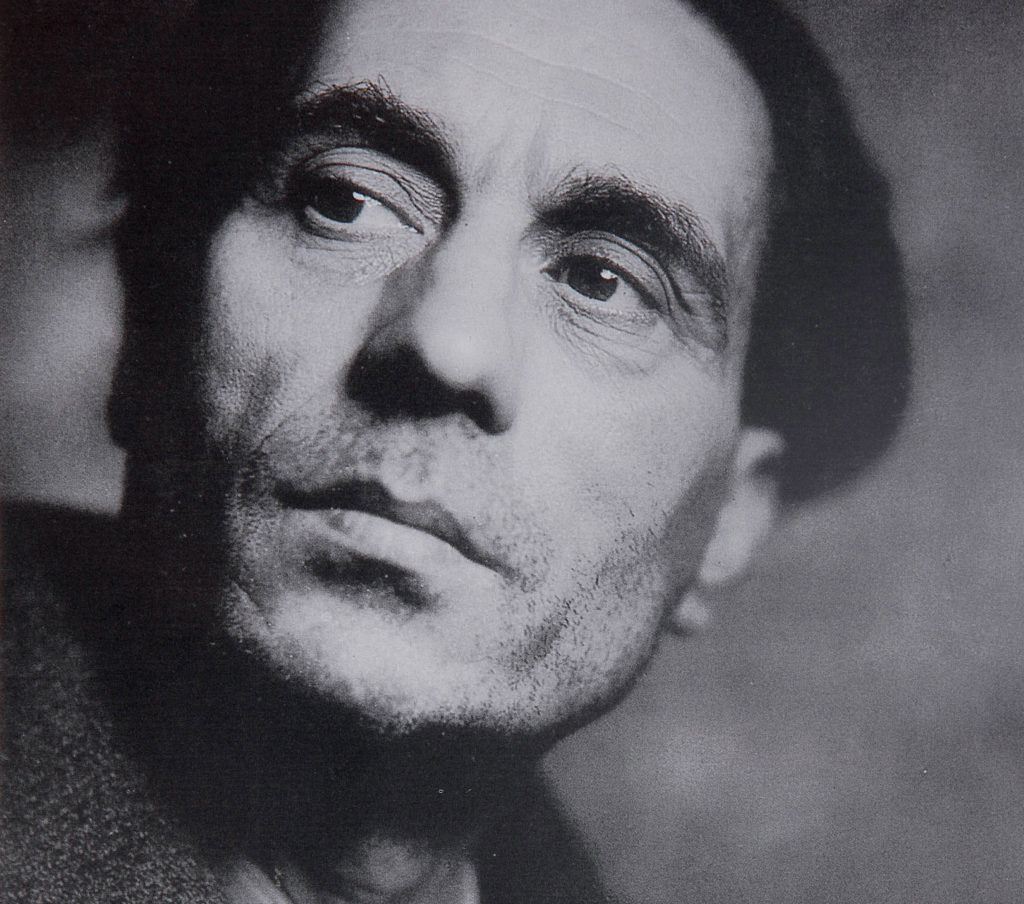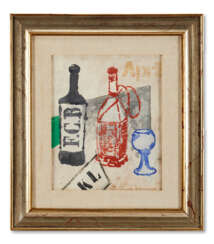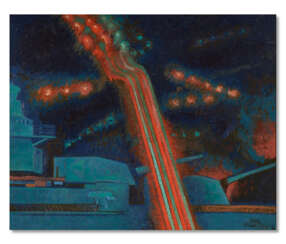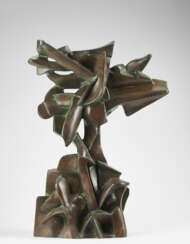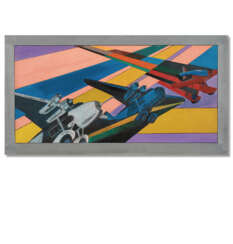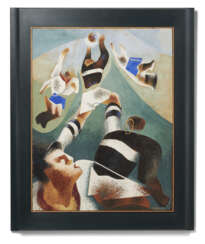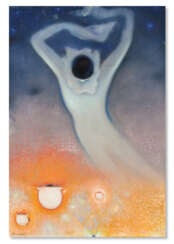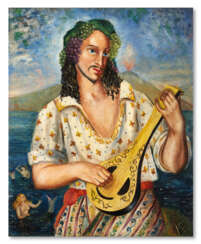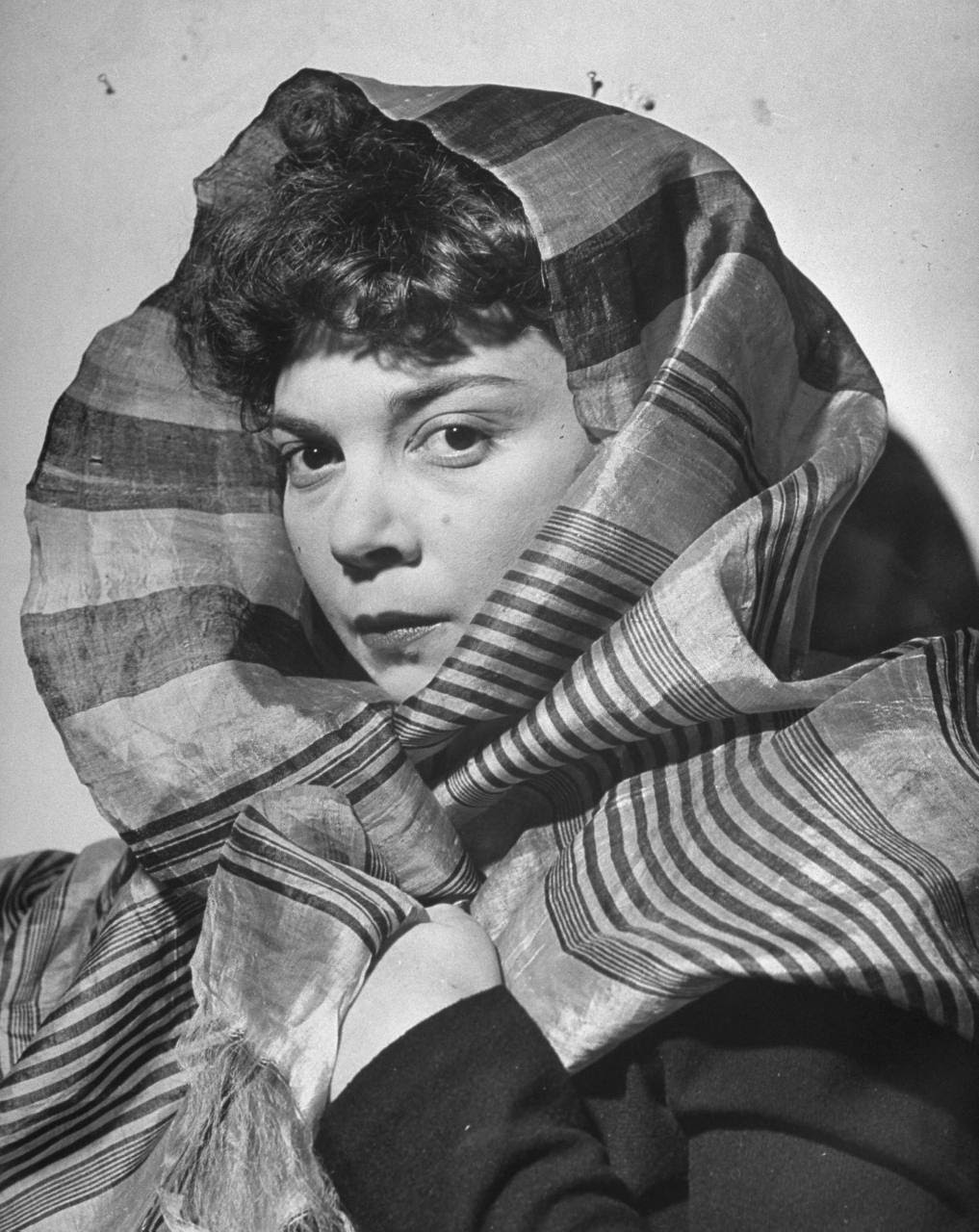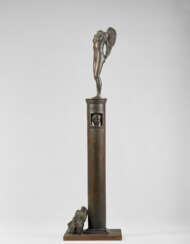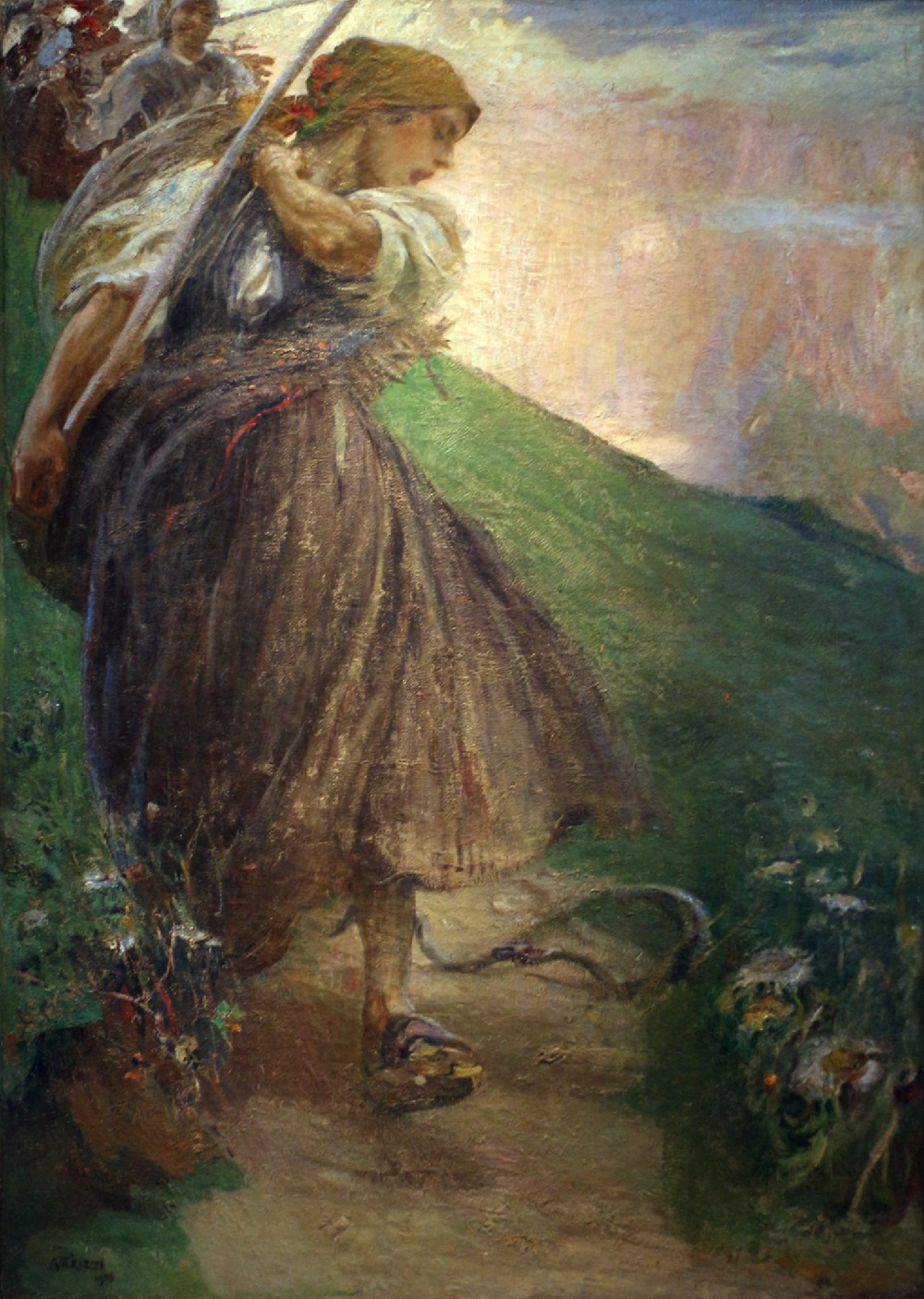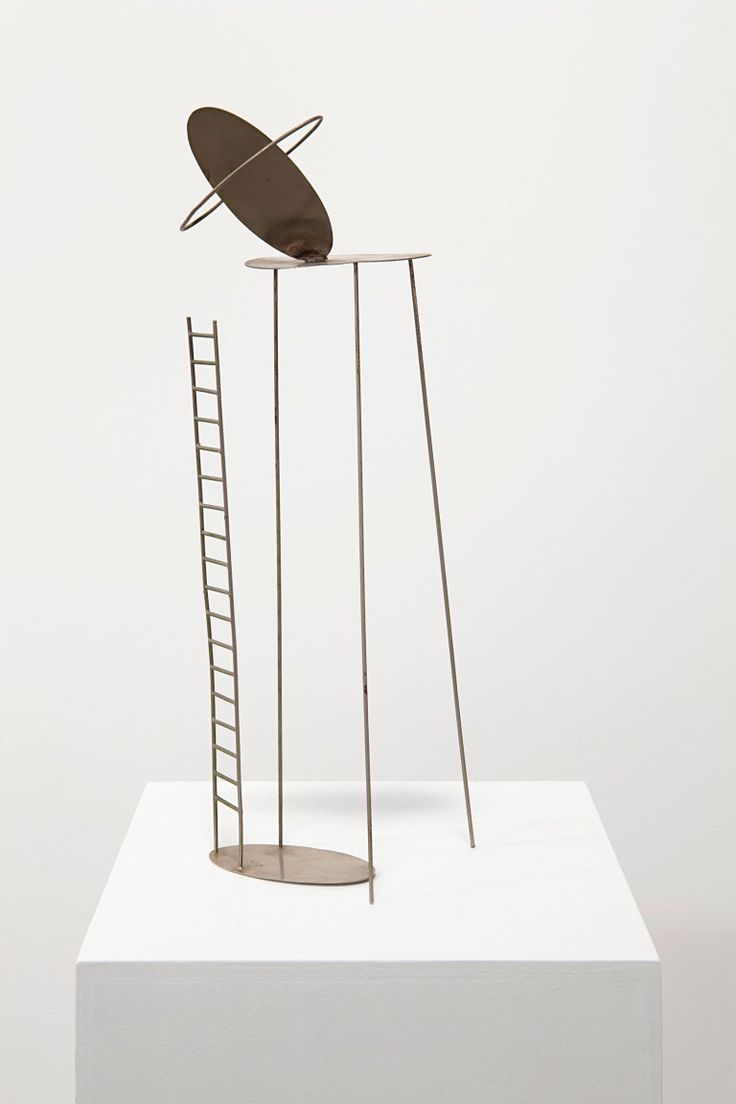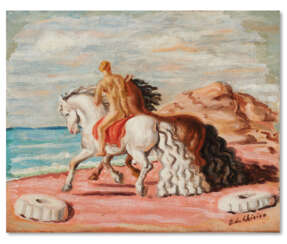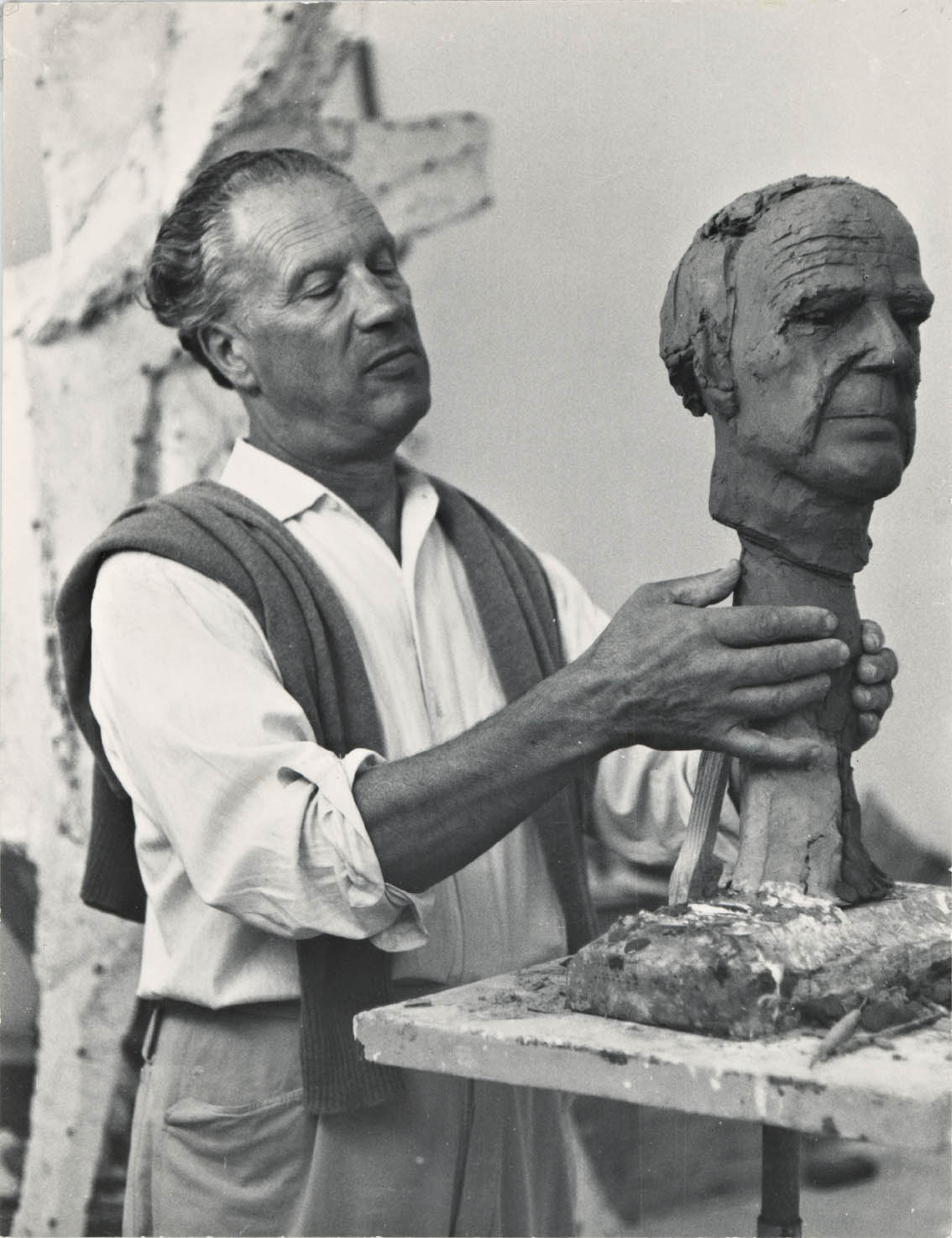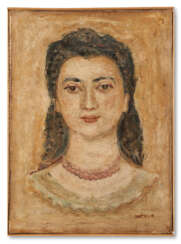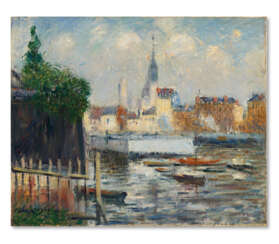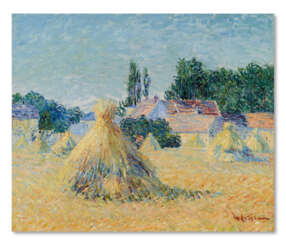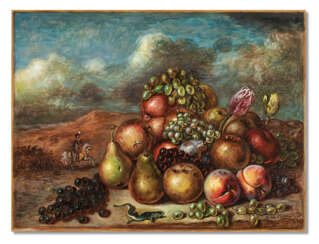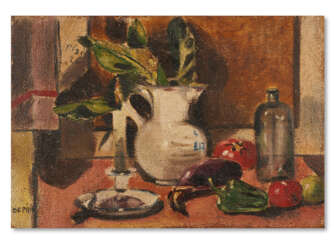
Modern and Contemporary art — Modern and Contemporary Art
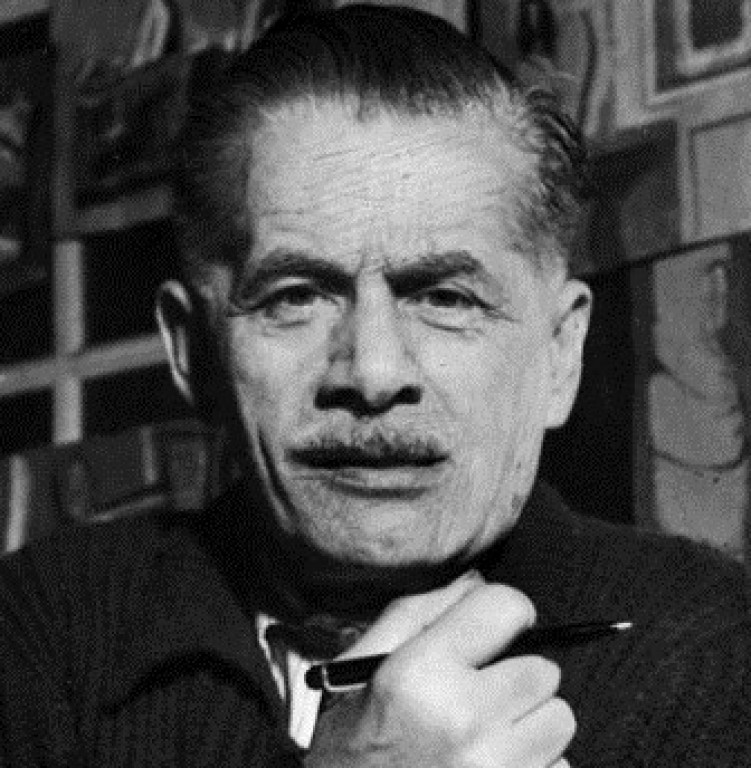
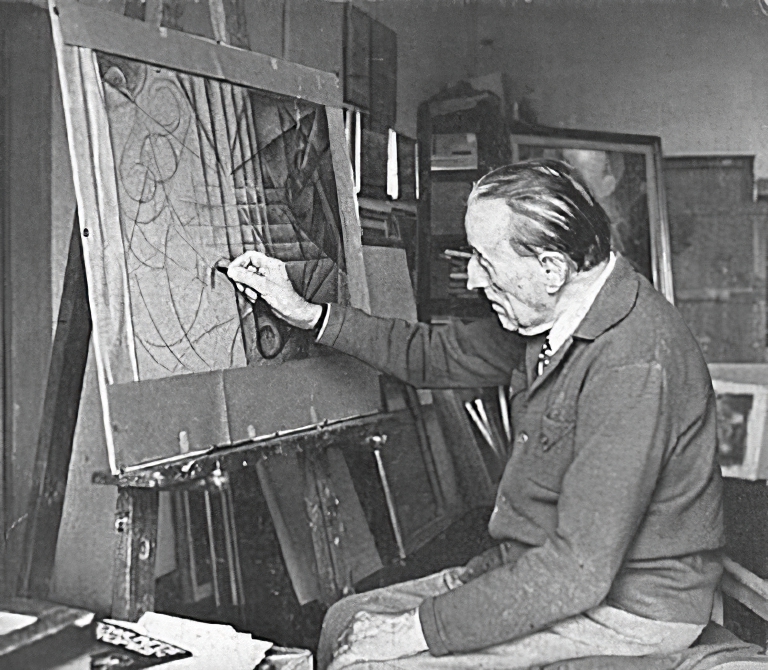
Gerardo Dottori was an Italian futurist painter who also belonged to the Novecento group.
Influenced by Giacomo Balla, Gerardo Dottori joined the futurist movement in 1911-1912. His works were part of the art competitions at the 1932 Summer Olympics and the 1936 Summer Olympics.

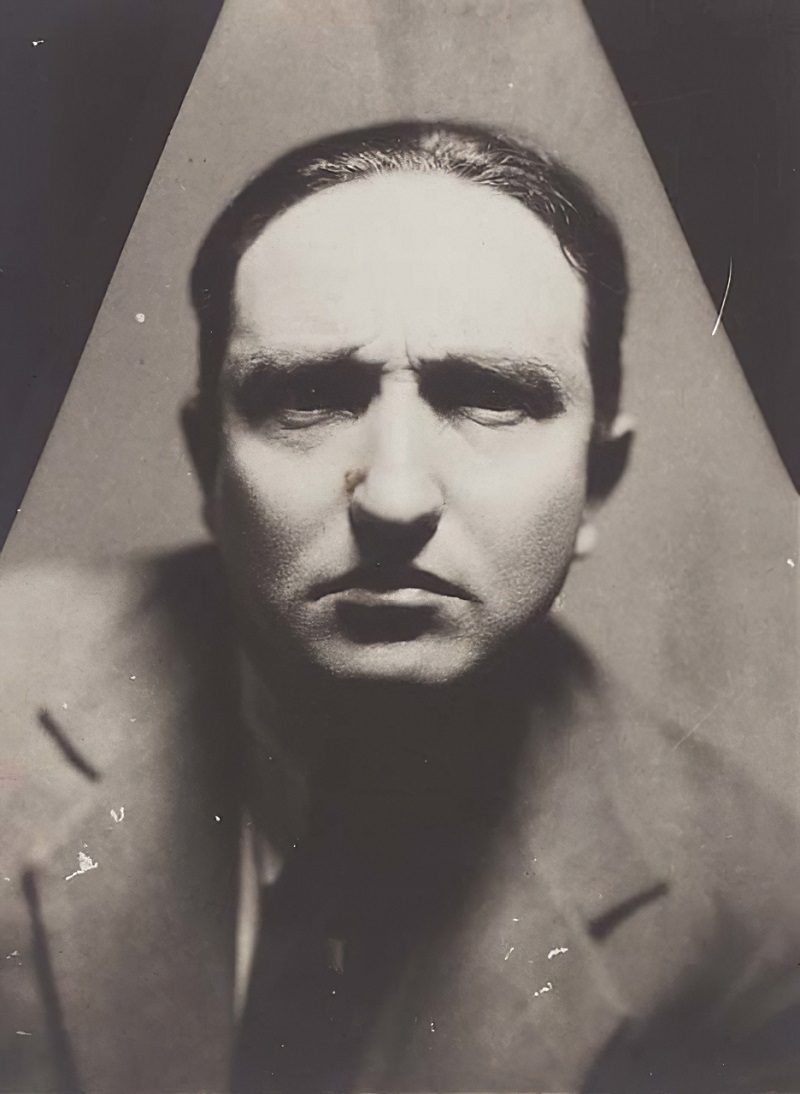
Fortunato Depero was an Italian futurist painter, designer, sculptor and poet. In 1913 Depero comes to Rome, where he meets the futurists Giacomo Balla and Umberto Boccioni.
In the early 1920s, Fortunato Depero tries his hand as an artist in commercial advertising, designs theatrical costumes, works for magazines and as a room decorator, and participates in many art exhibitions.
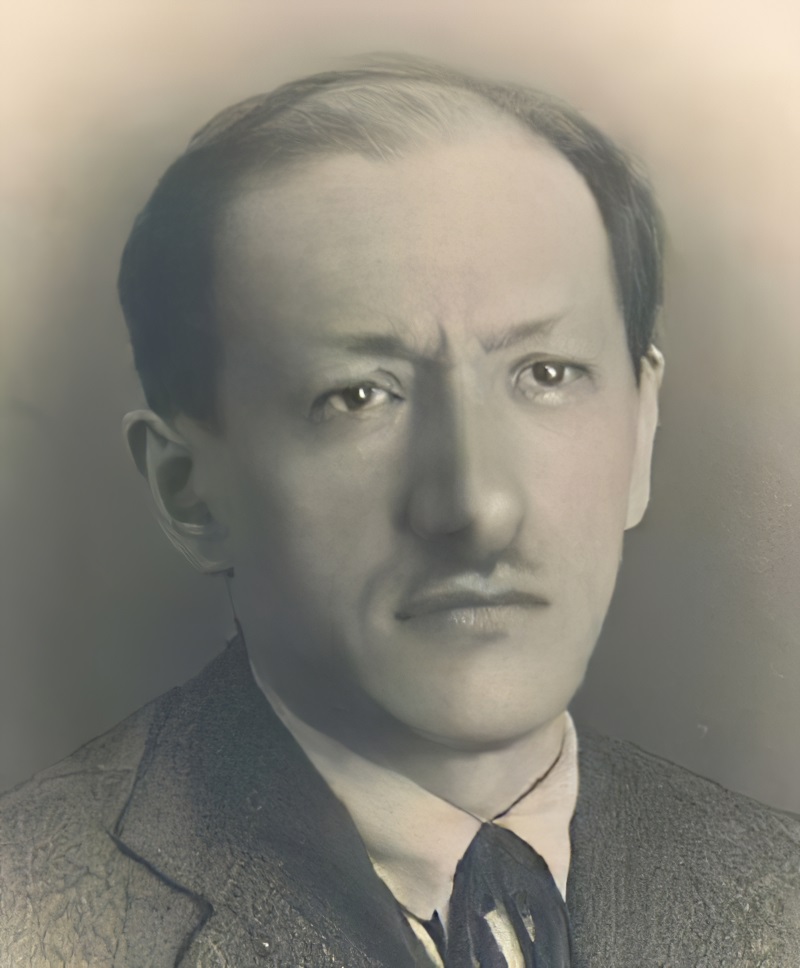
Giuseppe Cominetti was an Italian painter of the divisionist movement. He studied painting in Turin and also attended the Academy of Fine Arts in Milan.
His paintings by Giuseppe Cominetti are a mixture of symbolism and divisionism. He participated in the Promotrice of Genoa from 1903 to 1912. In 1909 he moved to Paris and exhibited at the Salon d'Autumn and signed Filippo Marinetti's Manifesto for Futurism. His painting was later influenced by Fauvism and Futurism.
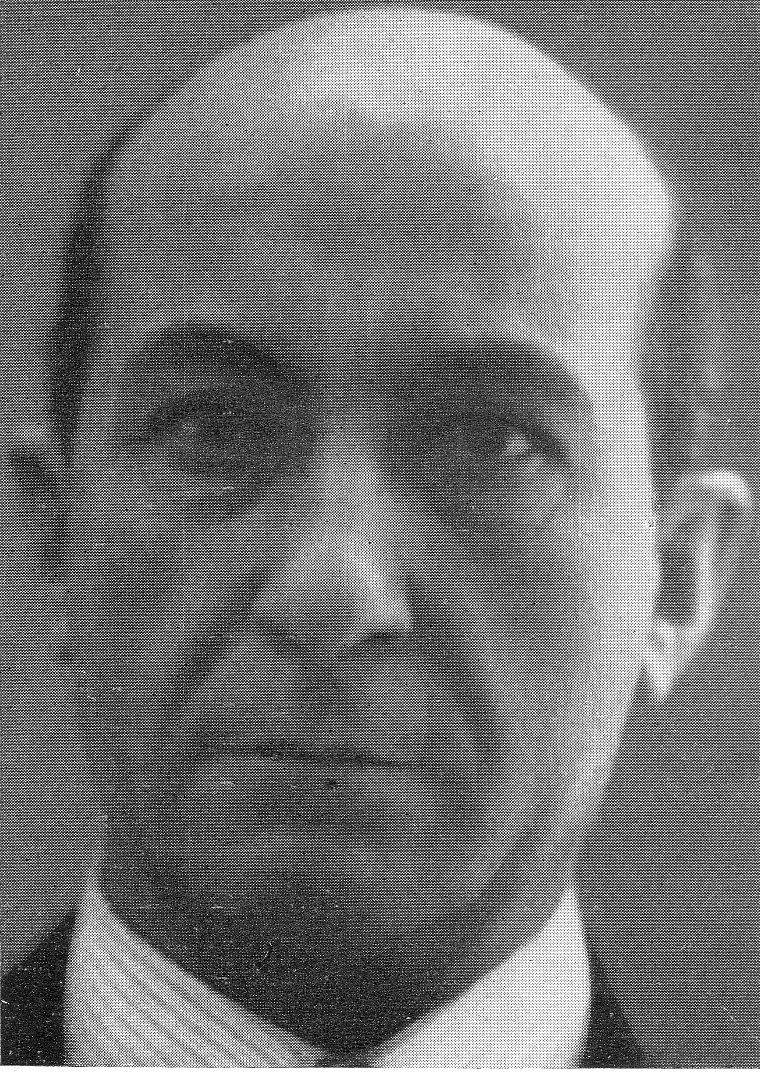
Ardengo Soffici was an Italian artist and art critic. One of the founders of futurism. Supported Fascism.
Ardengo Soffici entered the Florence Academy of Fine Arts in 1897, then went on to study painting in Paris, where he became an art critic and illustrator in 1904. During this period he meets Pablo Picasso, Georges Braque, Gino Severini and Guillaume Apollinaire. From 1908 he works for a new magazine "La Voce", in which he publishes a number of his essays on contemporary French painting and literature. Strongly influenced by Cubism since his Paris trip, Ardengo Soffici sharply criticises Futurist painting in his articles.
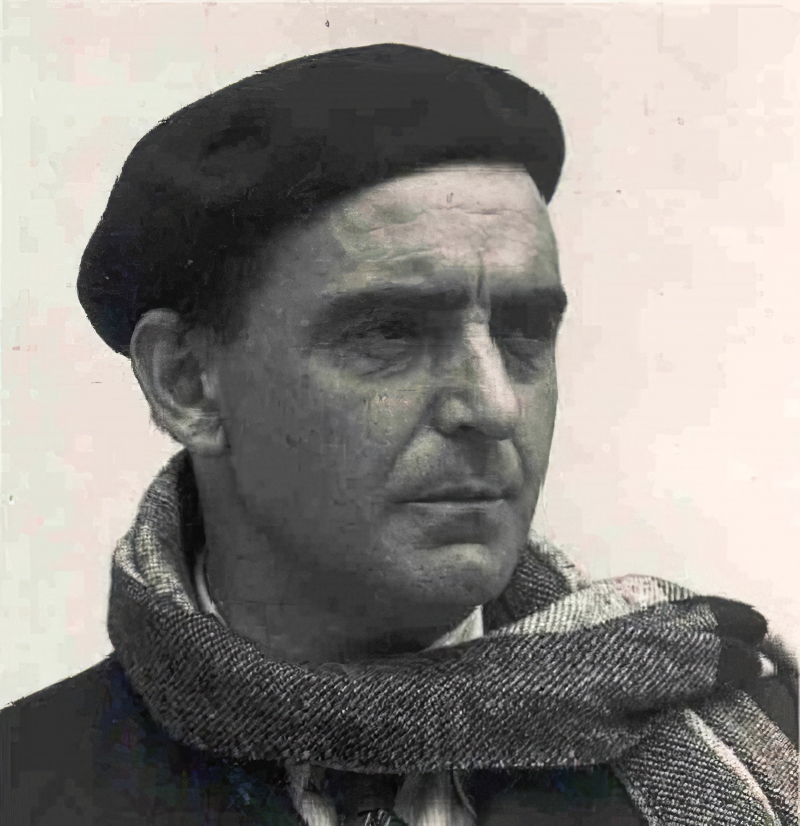
Anselmo Bucci was an Italian painter, printmaker, writer and one of the founders of the Neoclassical trend in Italian art in the early 20th century, the Novecento.
Anselmo Bucci studied painting in Venice and the Brera Academy in Milan. From 1906 to 1914, he lived in Paris where he joined the Groupe libre, a group of artists who accepted a departure from academic canons, but did not share the ideas of avant-gardism.
Anselmo Bucci is a modernist painter, symbolist with strong Fauvist features. Created a number of monumental works, as well as small paintings of a lyrical nature.
Along with painting, he was actively engaged in literary activities. In 1930 he was one of the first recipients of the prestigious Viareggio literary prize.
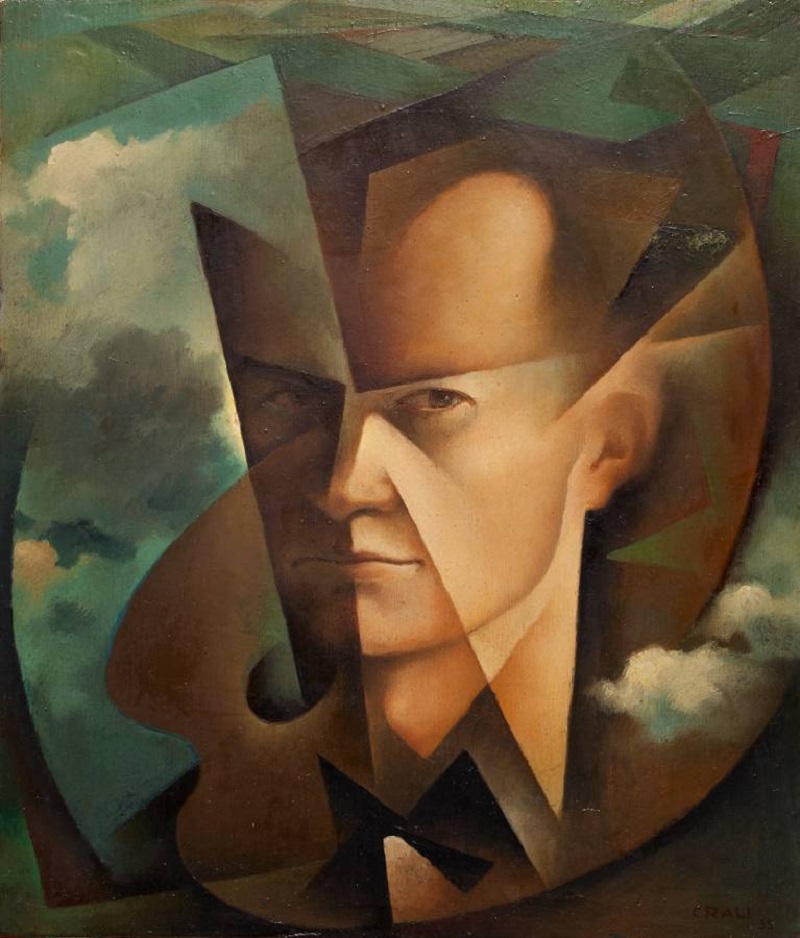
Tullio Crali was an Italian futurist painter, self-taught and one of the founders of aerial painting.
Tullio Crali belonged to the national minority, Dalmatian Italians. He is considered one of the most important representatives of the second wave of futurism. He started painting in 1925, under the influence of Giacomo Balla, Umberto Boccioni and Enrico Prampolini.
He taught at the Italian School of Art in Cairo and developed his own separate current in futurism, the Sassentesi.

Fortunato Depero was an Italian futurist painter, designer, sculptor and poet. In 1913 Depero comes to Rome, where he meets the futurists Giacomo Balla and Umberto Boccioni.
In the early 1920s, Fortunato Depero tries his hand as an artist in commercial advertising, designs theatrical costumes, works for magazines and as a room decorator, and participates in many art exhibitions.
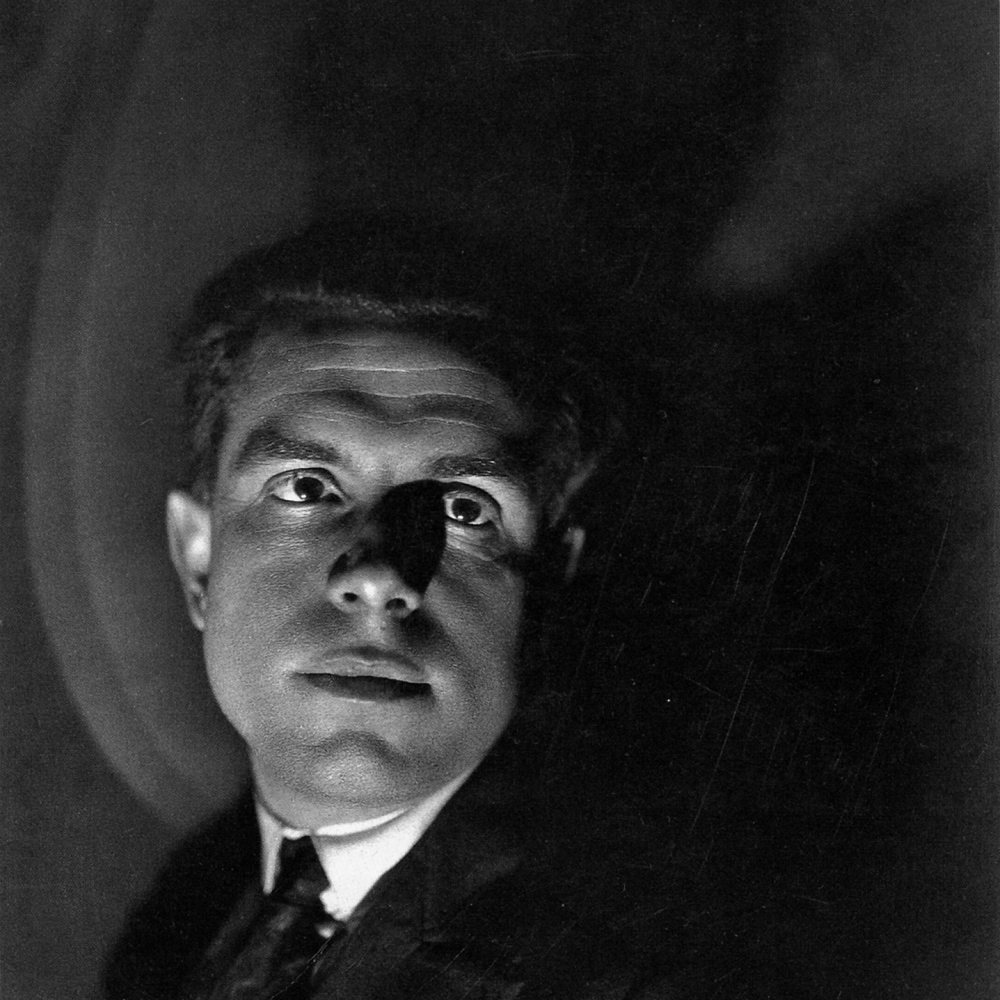
Enrico Prampolini was an Italian futurist painter and sculptor.
Enrico Prampolini published his manifesto Scenografia e coreografia futurista (Futuristic scenography and choreography) in 1915; in the same year he began working as a theatre artist and theatre costume designer.
In 1925 Enrico Prampolini was awarded an honorary diploma at the World Exhibition in Paris, the second most important award in the class of theatrical art.
When Mussolini came to power in Italy, Enrico Prampolini, like many other futurist artists, supported the new regime. In 1932 he, together with Gerardo Dottori and Mario Sironi, leads and implements in a futuristic style the decoration of the grandiose "Exhibition of the Fascist Revolution" (Mostra della Rivoluzione Fascista) in Rome.
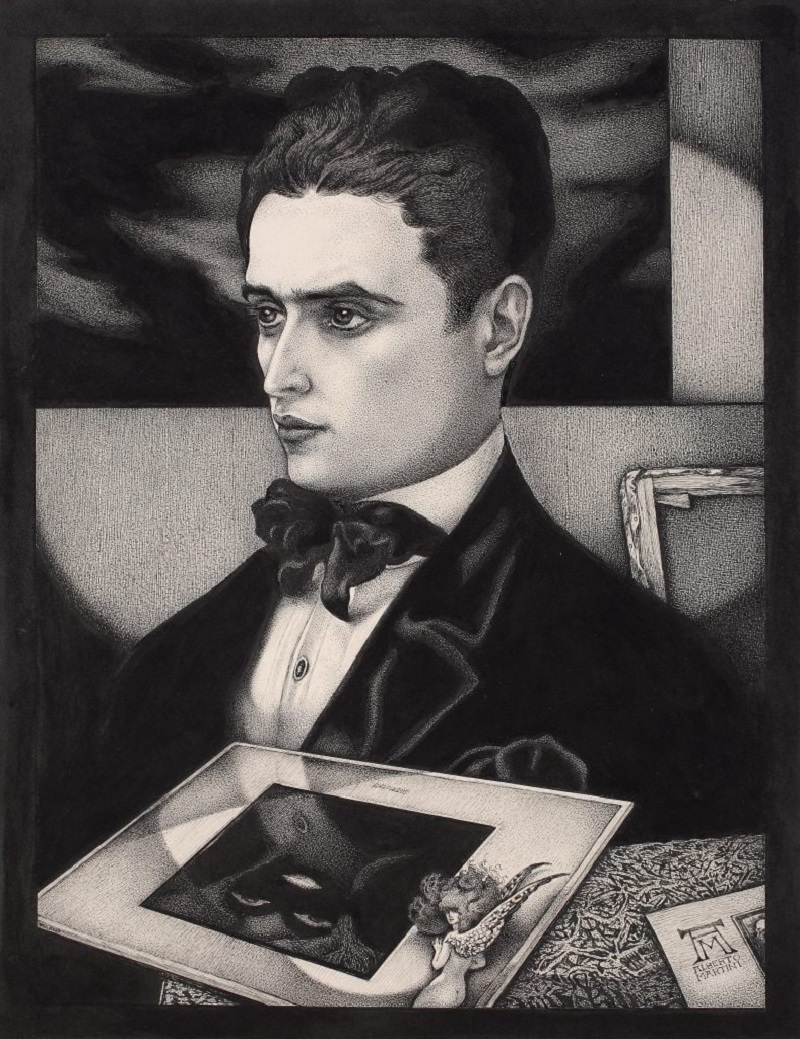
Alberto Martini was an Italian painter, graphic artist, lithographer and illustrator. He is one of the forerunners of the Surrealist art movement.
A significant part of the artistic heritage of Alberto Martini consists of his illustrations for fiction, for works by Italian authors.
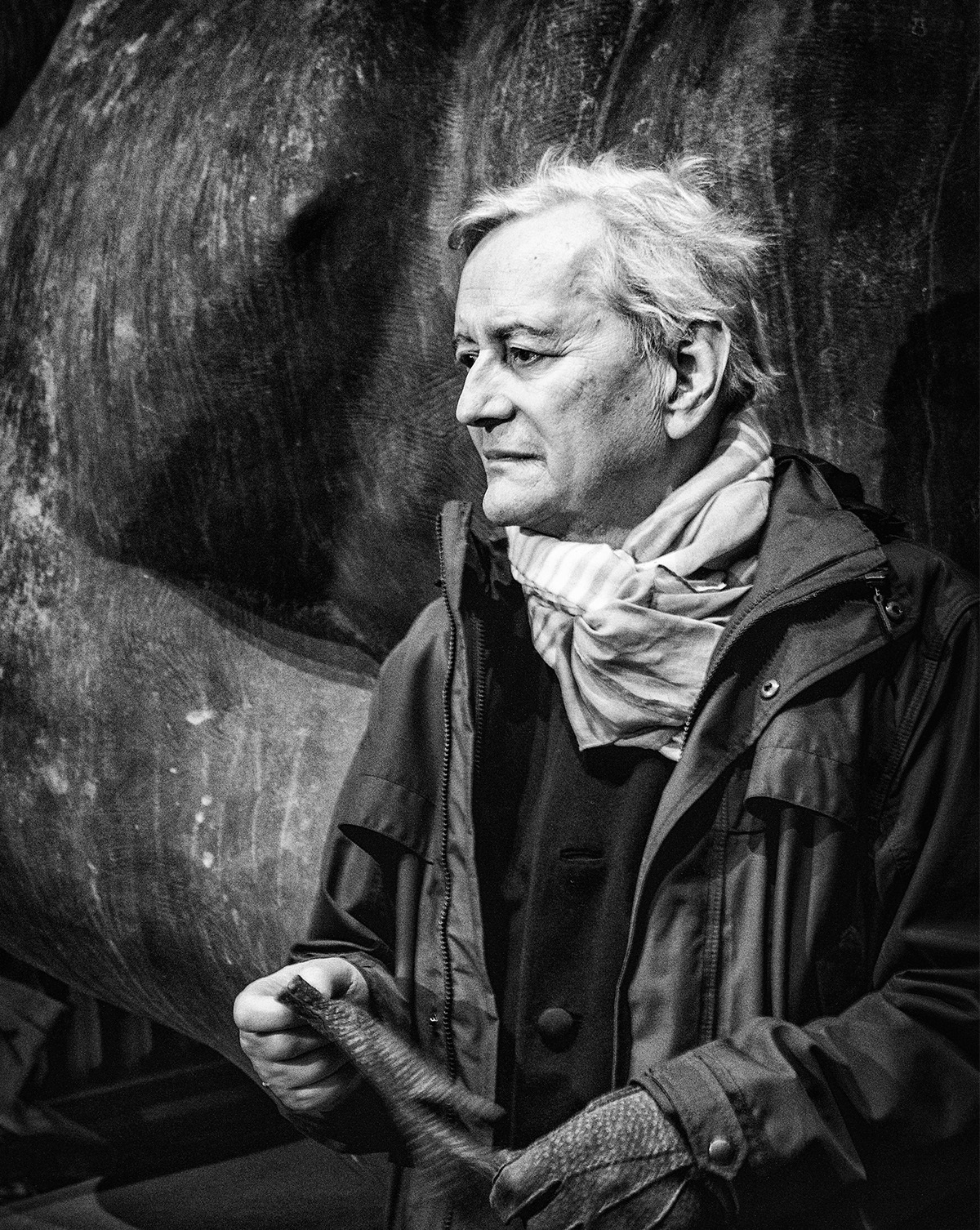
Igor Mitoraj, a renowned Polish sculptor, was celebrated for his unique approach to sculptural art, which combined classical techniques with modernist interpretations. Igor Mitoraj's artistic journey led him across Europe, studying under notable figures such as Tadeusz Kantor at the Krakow Academy of Fine Arts before expanding his horizons in Paris and Italy.
Igor Mitoraj's works are distinguished by their classical inspiration, often focusing on the human body's beauty and fragility. Yet, he introduced a contemporary twist by presenting his figures as fragmented or truncated, a nod to the imperfections and vulnerabilities inherent in human nature. This stylistic choice not only set him apart in the art world but also allowed him to explore deeper themes of human experience and existential reflection.
His sculptures, often large-scale, are displayed in public spaces across the globe, from the streets of European cities to the ruins of Pompeii, where his piece "Daedalus" stands as a testament to his artistic legacy. Igor Mitoraj's influence extends beyond public installations, with his works featured in various prestigious exhibitions and collections, illustrating a career marked by a commitment to exploring the human condition through art.
For art collectors and enthusiasts interested in Mitoraj's work, staying informed about upcoming sales and auction events can provide unique opportunities to acquire pieces by this influential artist. Subscribing to updates related to Igor Mitoraj can ensure you're always in the know about new offerings and events celebrating his artistic contributions.
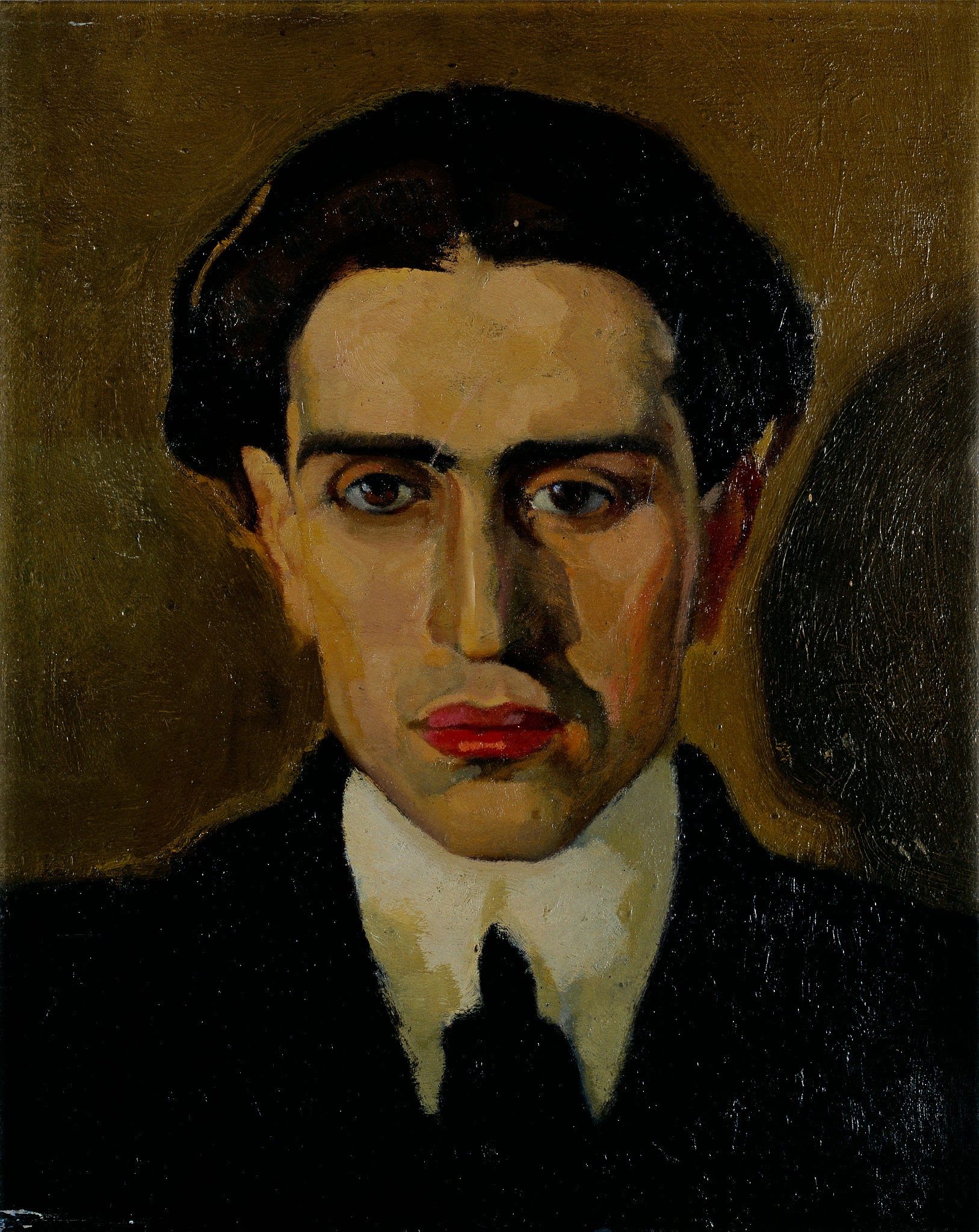
Aroldo Bonzagni is an Italian painter, draughtsman and illustrator. He studied at the Brera Academy in Milan.
Aroldo Bonzagni was friends with Umberto Boccioni and joined the Futurist group. His style was marked by expressionism and his drawings show a certain irony. He also does a number of erotic sketches, but privately intended for collectors.

Alberto Martini was an Italian painter, graphic artist, lithographer and illustrator. He is one of the forerunners of the Surrealist art movement.
A significant part of the artistic heritage of Alberto Martini consists of his illustrations for fiction, for works by Italian authors.
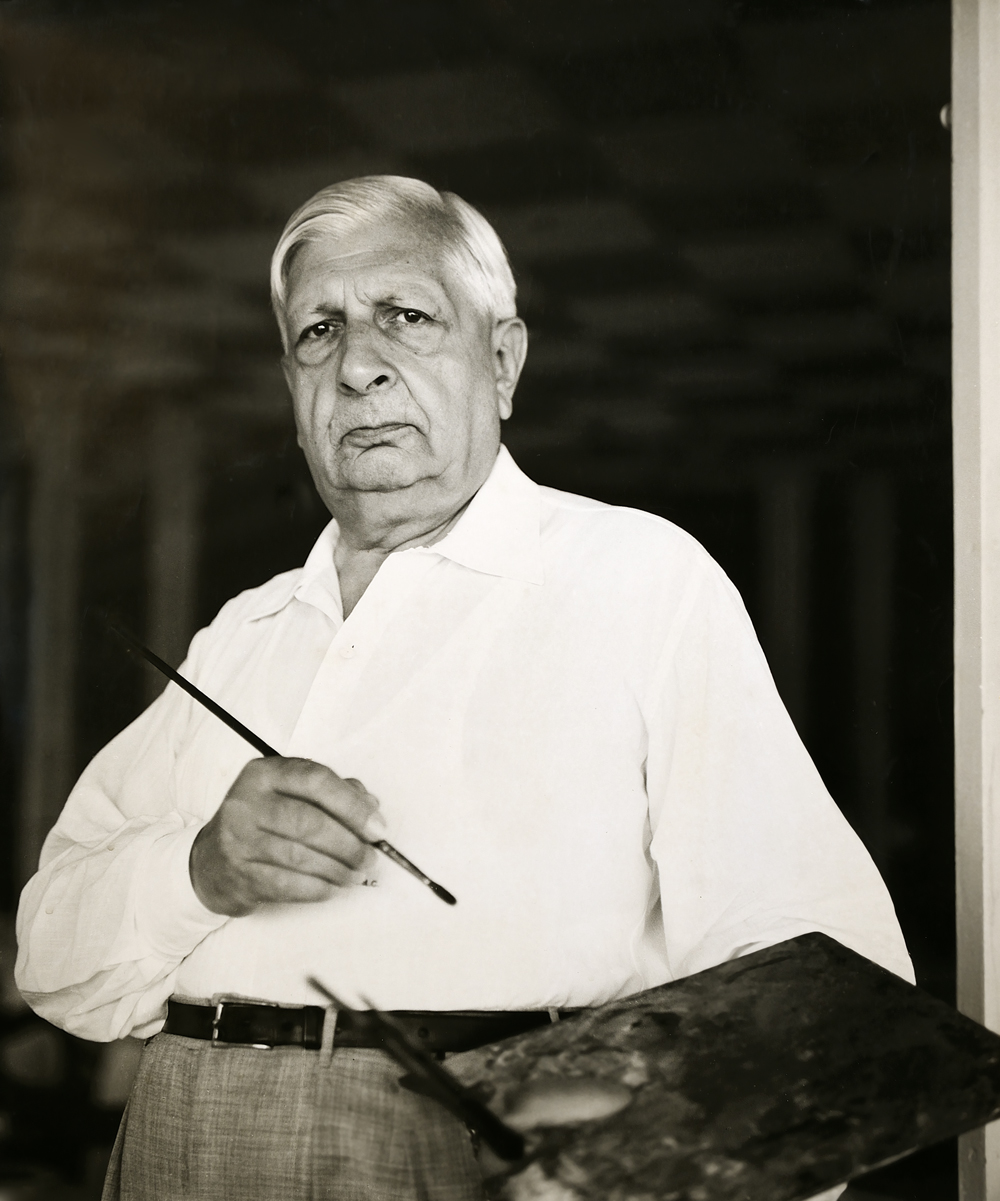
Giuseppe Maria Alberto Giorgio de Chirico, an Italian artist renowned for his profound influence on the Surrealist movement, stands as a seminal figure in 20th-century art. Born in Volos, Greece, in 1888, de Chirico was a visionary painter, sculptor, and writer whose works profoundly altered the landscape of modern art. His paintings, characterized by their dreamlike quality, enigmatic compositions, and the juxtaposition of classical and modern elements, delve into the mysteries of the subconscious, exploring themes of nostalgia, metaphysics, and the uncanny.
De Chirico's art is distinguished by its unique blend of classical motifs with surreal, dreamlike atmospheres, creating a sense of profound mystery and unease. His most famous works, such as "The Enigma of an Autumn Afternoon" and "The Melancholy of Departure," exhibit deserted cityscapes filled with elongated shadows, enigmatic figures, and classical architecture, which became hallmarks of his style. These paintings not only prefigured the Surrealist movement but also influenced countless artists with their exploration of the psyche, the distortion of space, and the play of light and shadow.
His impact on culture and art is undeniable, with his works housed in prestigious museums and galleries worldwide, including the Museum of Modern Art in New York and the Tate Modern in London. De Chirico's ability to evoke the mysterious interconnection between the ancient and the modern through his art continues to captivate collectors and experts in the fields of art and antiques. His innovative approach to painting and sculpture has solidified his position as a key figure in the development of modern art.
For collectors and enthusiasts keen on exploring the depths of 20th-century art and the enigmatic world of Giuseppe Maria Alberto Giorgio de Chirico, staying informed about new discoveries, auction events, and sales of his works is essential. We invite you to sign up for updates to ensure you never miss an opportunity to engage with the enduring legacy of this remarkable Artist. This subscription is your gateway to the latest news related to de Chirico, focusing exclusively on product sales and auction events associated with his influential oeuvre.
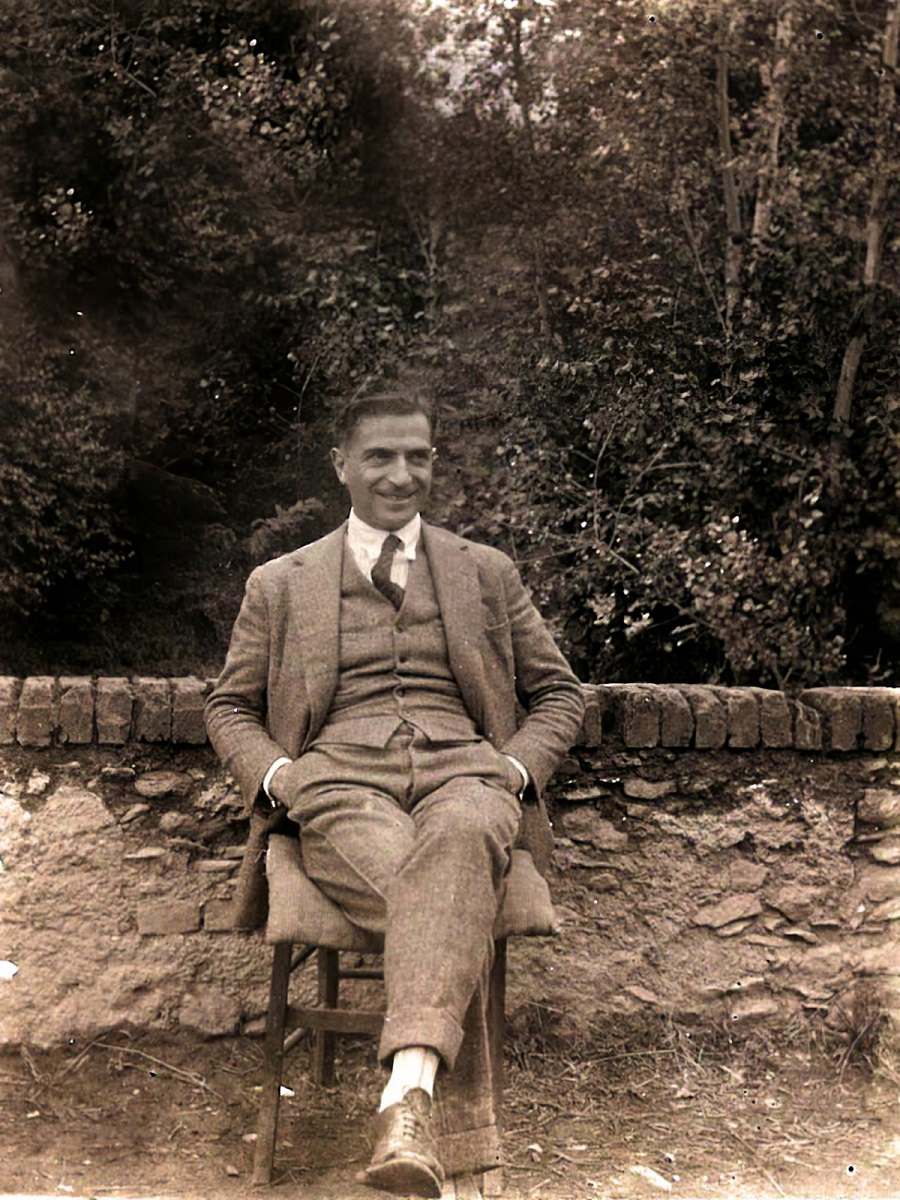
Felice Casorati was an Italian painter. The future painter originally studied piano, then graduated from the Faculty of Law at the University of Padua. At the same time he took painting lessons, first in Pavia, and from 1908 in Naples. In 1907 and 1909 held exhibitions of his paintings in Venice.
Felice Cazorati's work is strongly influenced by Symbolism and the Art Nouveau style (especially Gustav Klimt). In the early 1920s, the artist embraces the metaphysical realism of Giorgio de Chirico and uses his principles of spatial construction on the canvas. Later in the 1920s, he studied Renaissance art (in particular the works of Piero della Francesca). He painted still-lifes, genre and religious paintings, women's portraits and nudes, and also worked as a theatrical artist.
At the end of the 1920s, Felice Cazorati opened his own art school in Turin, and also taught at the Turin Academy of Art.

Felice Casorati was an Italian painter. The future painter originally studied piano, then graduated from the Faculty of Law at the University of Padua. At the same time he took painting lessons, first in Pavia, and from 1908 in Naples. In 1907 and 1909 held exhibitions of his paintings in Venice.
Felice Cazorati's work is strongly influenced by Symbolism and the Art Nouveau style (especially Gustav Klimt). In the early 1920s, the artist embraces the metaphysical realism of Giorgio de Chirico and uses his principles of spatial construction on the canvas. Later in the 1920s, he studied Renaissance art (in particular the works of Piero della Francesca). He painted still-lifes, genre and religious paintings, women's portraits and nudes, and also worked as a theatrical artist.
At the end of the 1920s, Felice Cazorati opened his own art school in Turin, and also taught at the Turin Academy of Art.
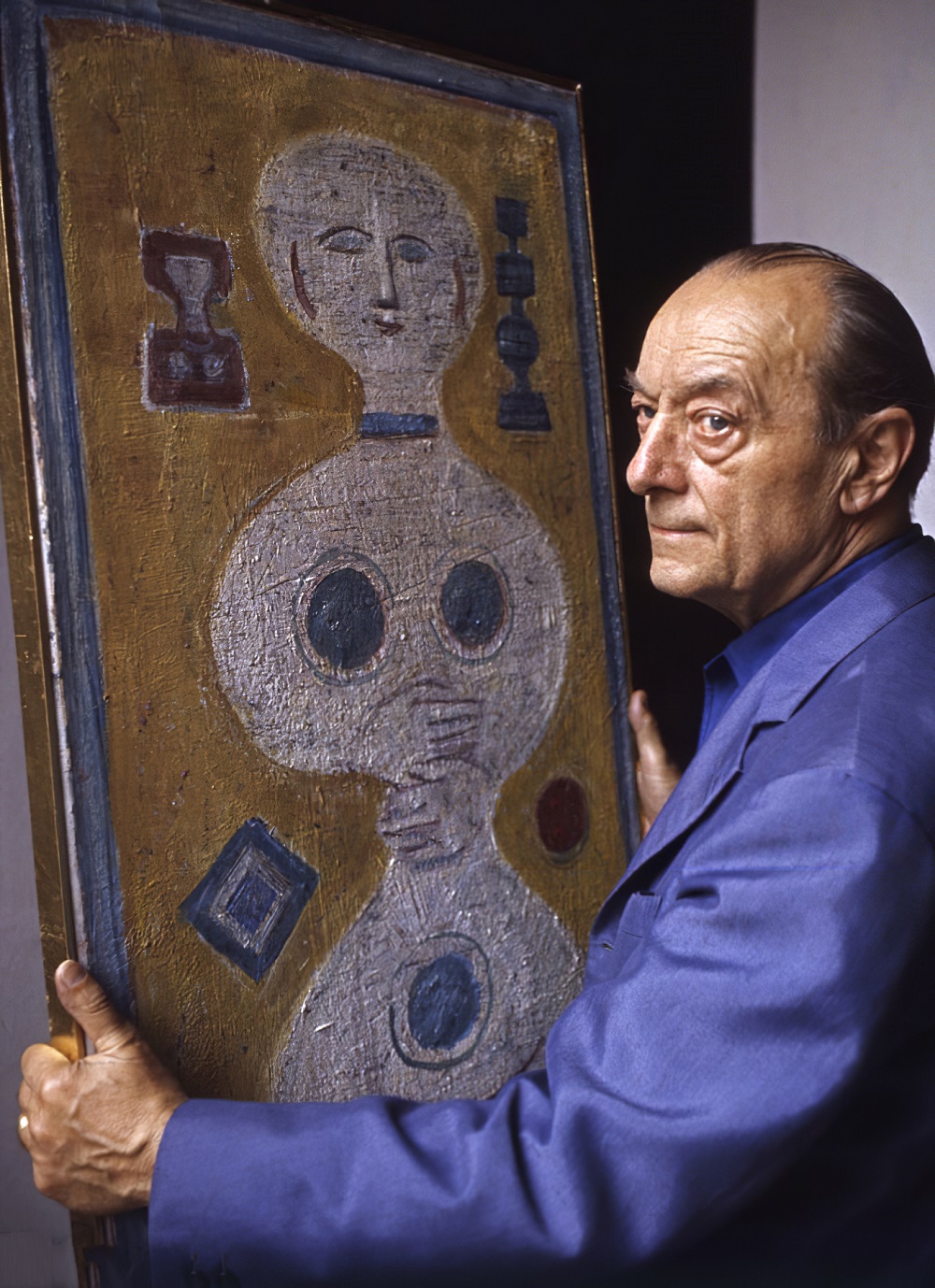
Massimo Campigli was an Italian painter and writer. He was studied art in Florence and Paris.
Campigli's art was heavily influenced by the Cubist and Surrealist movements, and his paintings often featured bold, geometric shapes and stylized figures. He was known for his use of bright colors and flat planes of color, which gave his work a sense of depth and dimension.
In addition to his art, Campigli was also a writer, and published several books and essays on art and literature throughout his career. He was a member of the Italian Communist Party, and his political beliefs often informed his work.
Campigli's art was widely exhibited throughout Europe and the United States during his lifetime, and he received numerous awards and honors for his contributions to the arts.
Today, Campigli is considered one of the most important Italian painters of the 20th century, and his work continues to be studied and exhibited around the world. His legacy has had a significant impact on the development of modern and contemporary art.
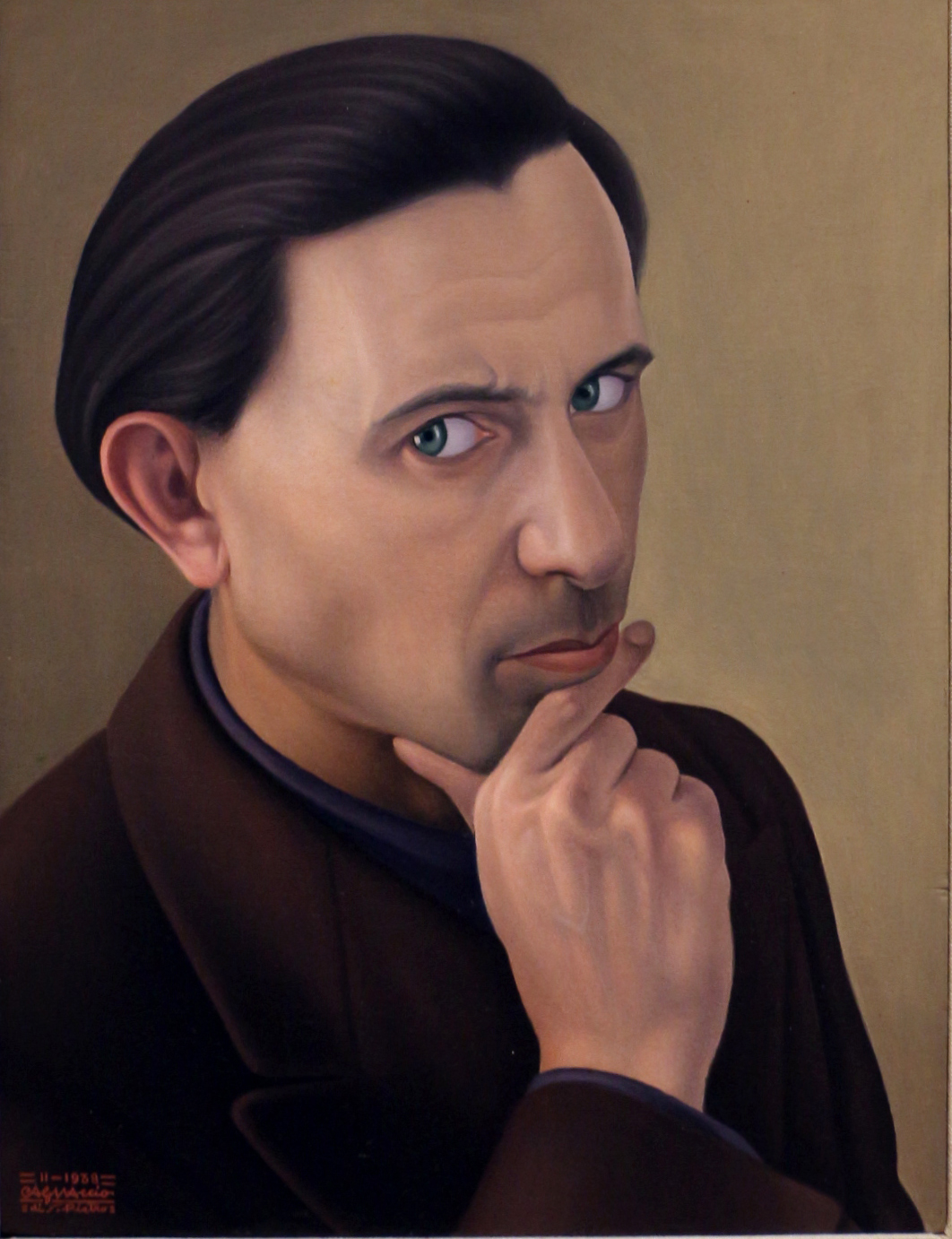
Cagnaccio di San Pietro, real name Natale Bentivoglio Scarpa, Italian painter of magical realism. He studied painting at the Academy of Fine Arts in Venice.
Cagnaccio di San Pietro in the beginning of his creative activity devoted to salon painting, was fond of futurism, then worked for a long time as a representative of the Italian variant of the New Realism. His work is characterised by portraits, nudes, still lifes, paintings of religious content and domestic subjects.
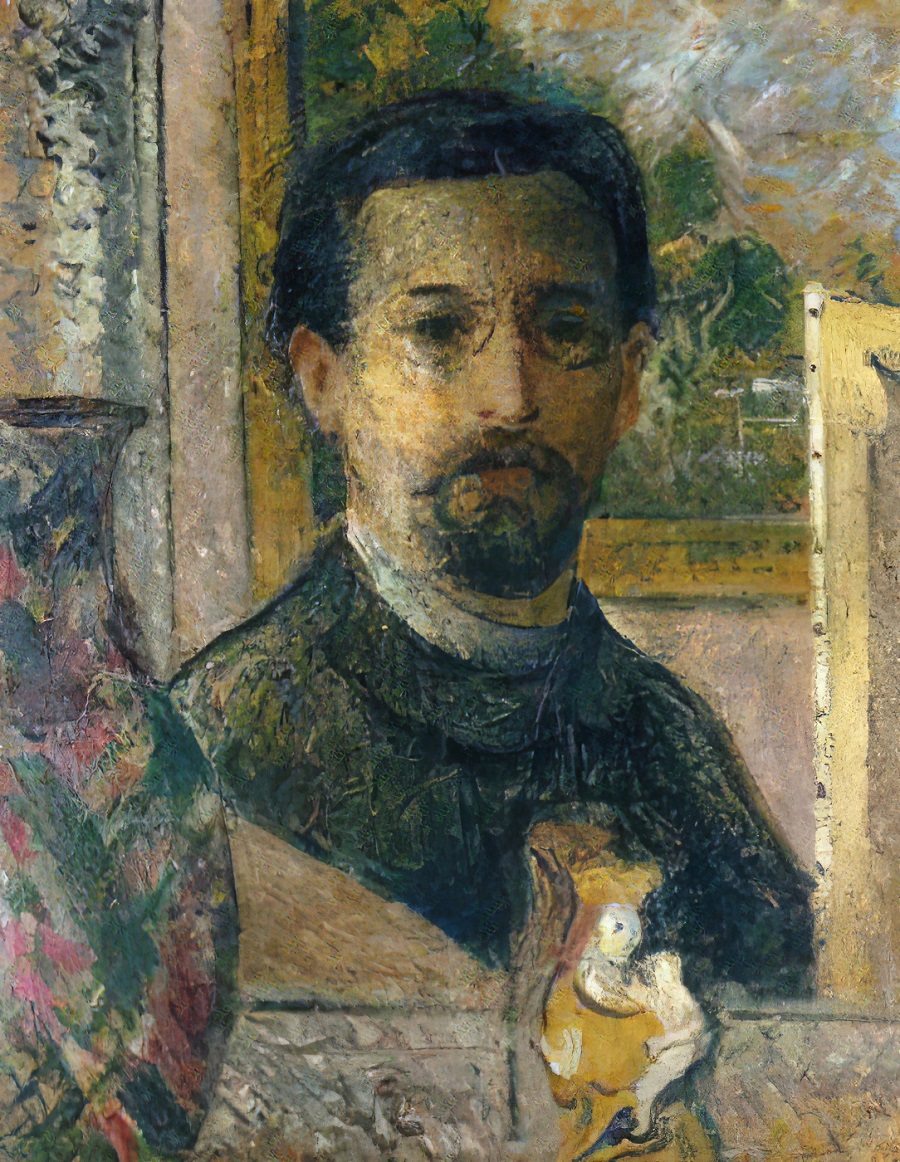
Gustave Loiseau was a French artist known for his landscapes and scenes of the Parisian streets.
In 1890, Gustave Loiseau first travelled to Pont-Aven in Brittany, where he met Paul Gauguin and Emile Bernard. Having experimented with pointillism, he adopted his own approach to post-impressionism, painting landscapes directly from life. His technique, known as en treillis or cross-hatching, gave his works a special quality.
Gustave Loiseau's paintings, which reveal his passion for the seasons from the early spring to the late autumn harvest, often depict the same garden or garden scene over time. Series of this kind, which also include cliffs, harbours or churches, are reminiscent of Claude Monet.

Gustave Loiseau was a French artist known for his landscapes and scenes of the Parisian streets.
In 1890, Gustave Loiseau first travelled to Pont-Aven in Brittany, where he met Paul Gauguin and Emile Bernard. Having experimented with pointillism, he adopted his own approach to post-impressionism, painting landscapes directly from life. His technique, known as en treillis or cross-hatching, gave his works a special quality.
Gustave Loiseau's paintings, which reveal his passion for the seasons from the early spring to the late autumn harvest, often depict the same garden or garden scene over time. Series of this kind, which also include cliffs, harbours or churches, are reminiscent of Claude Monet.

Giuseppe Maria Alberto Giorgio de Chirico, an Italian artist renowned for his profound influence on the Surrealist movement, stands as a seminal figure in 20th-century art. Born in Volos, Greece, in 1888, de Chirico was a visionary painter, sculptor, and writer whose works profoundly altered the landscape of modern art. His paintings, characterized by their dreamlike quality, enigmatic compositions, and the juxtaposition of classical and modern elements, delve into the mysteries of the subconscious, exploring themes of nostalgia, metaphysics, and the uncanny.
De Chirico's art is distinguished by its unique blend of classical motifs with surreal, dreamlike atmospheres, creating a sense of profound mystery and unease. His most famous works, such as "The Enigma of an Autumn Afternoon" and "The Melancholy of Departure," exhibit deserted cityscapes filled with elongated shadows, enigmatic figures, and classical architecture, which became hallmarks of his style. These paintings not only prefigured the Surrealist movement but also influenced countless artists with their exploration of the psyche, the distortion of space, and the play of light and shadow.
His impact on culture and art is undeniable, with his works housed in prestigious museums and galleries worldwide, including the Museum of Modern Art in New York and the Tate Modern in London. De Chirico's ability to evoke the mysterious interconnection between the ancient and the modern through his art continues to captivate collectors and experts in the fields of art and antiques. His innovative approach to painting and sculpture has solidified his position as a key figure in the development of modern art.
For collectors and enthusiasts keen on exploring the depths of 20th-century art and the enigmatic world of Giuseppe Maria Alberto Giorgio de Chirico, staying informed about new discoveries, auction events, and sales of his works is essential. We invite you to sign up for updates to ensure you never miss an opportunity to engage with the enduring legacy of this remarkable Artist. This subscription is your gateway to the latest news related to de Chirico, focusing exclusively on product sales and auction events associated with his influential oeuvre.
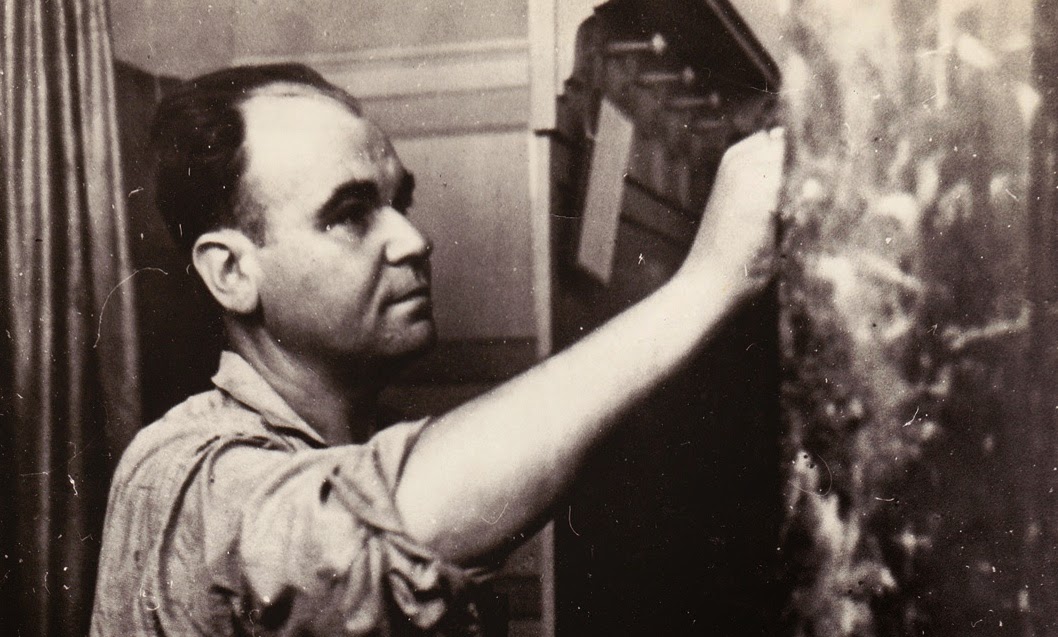
Filippo de Pisis, actually Luigi Filippo Tibertelli was an Italian painter, graphic artist, writer and poet close to the school of metaphysical painting. From 1914 he studied at the University of Bologna, where he studied literature and philosophy.
Filippo de Pisis was a painter of the Italian Novecento. He is considered a representative of Italian futurism in painting. His work is post-impressionist and partly expressive.


